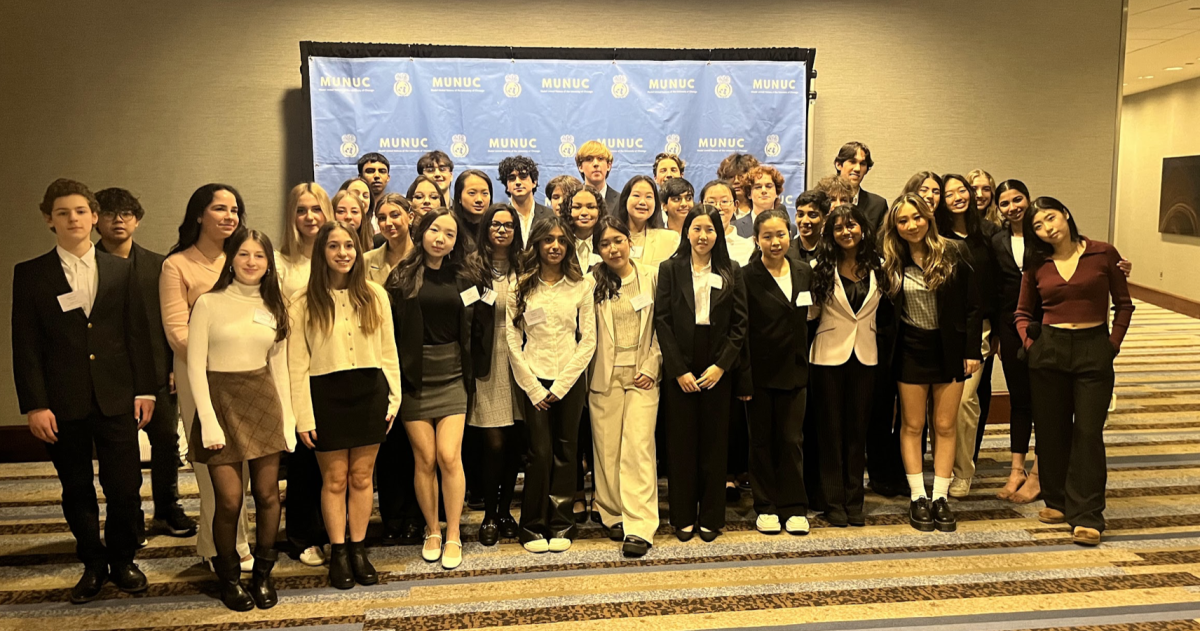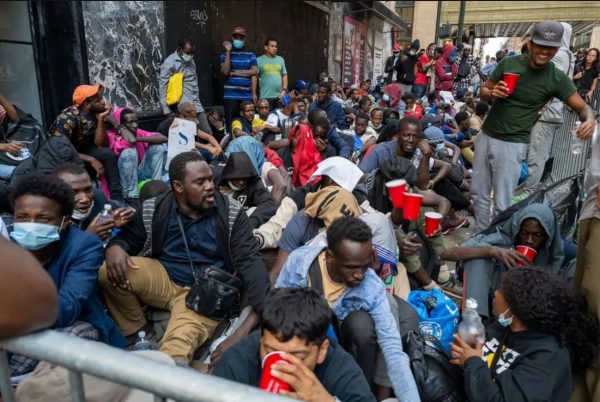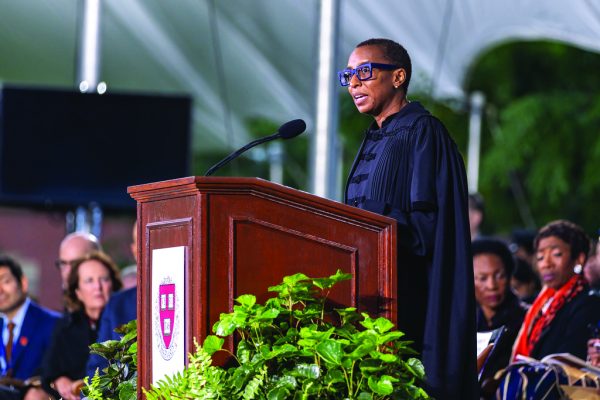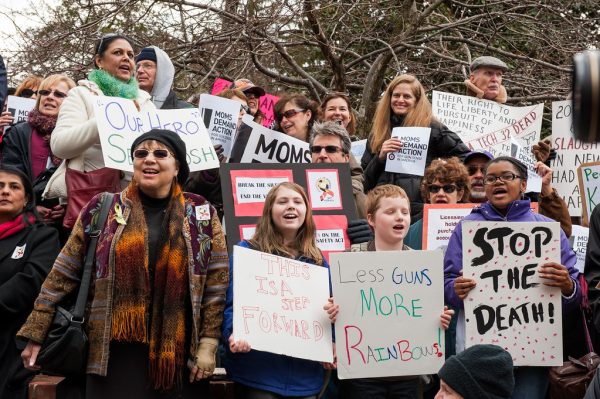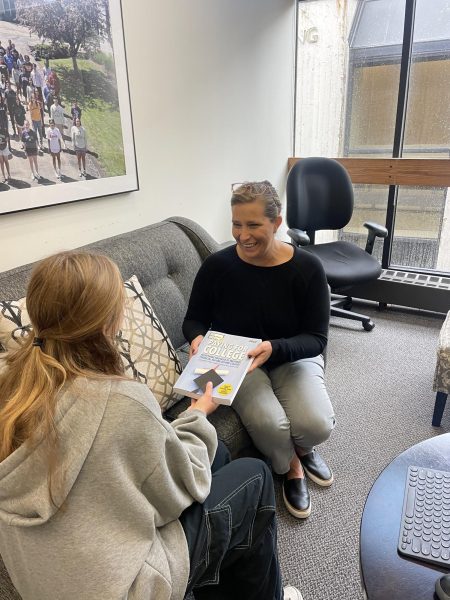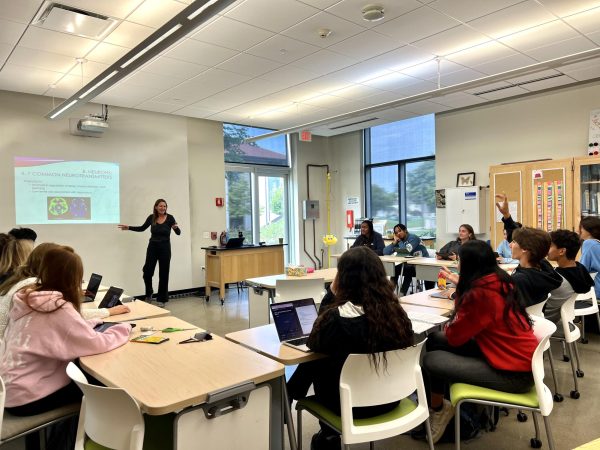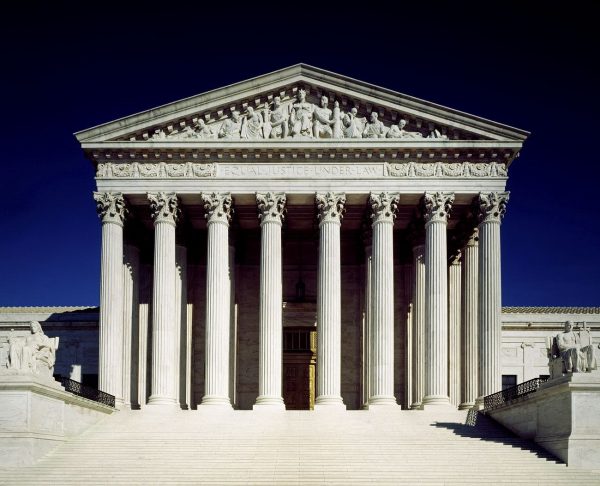Native American Boarding Schools: A Not So Historic Legacy
February 6, 2022

The term “boarding school” is vastly different to the Native American community than to other groups of people around the world. A cushy dorm, a nice dining hall, and a good education were not provided at Native American boarding schools that were established in the 1860s. Instead Native American youth were forcefully taken from their homes, sent to these schools to assimilate to “American culture”, were neglected, malnourished, and stripped of their cultural identities. In British Columbia, Canada, a mass grave was found of 215 children on the grounds of an old Native American boarding school, the first mass grave to be uncovered, but not the only in 2021. These deaths join the thousands in Canada and the United States also caused by the horrendous practice.
These “residential schools” that children were sent to in Canada were mainly operated by churches, and the school responsible for the mass grave was specifically operated by the Catholic Church. Kamploops was the name of the school and it was the largest Native American boarding school in Canada at its peak of 500 attendants with ages going as young as three. Children would not return home from Kamploops and their families would receive news that their child ran away to cover up the truth of their death, usually caused by the neglect, malnourishment, and poor hygiene there. It was a common story heard by more than just the families of children from Kamploops.
Before the mass grave was found and slow progress was made on finding out what happened to missing Native American children that were sent to boarding schools, Canada created a National Truth and Reconciliation Commission as an apology and settlement for the many lawsuits that were filed. This commission’s purpose was true to its name, to find the truth of what happened to these Native American children and reconcile with their living relatives. In 2015, the Truth and Reconciliation Commission labeled the “residential school system” in Canada to be cultural genocide.
Though action has been taken to resolve the legacy of Native American boarding schools in Canada since the 2010s, 2021 was the true start of this practice established in both Canada and the U.S. getting public recognition. Another mass grave of 102 students of a Native American boarding school in Nebraska were found and reported in November of 2021 after the discovery at Kamploops in May. Unmarked graves of victims, besides the two known mass graves, of Native American boarding schools have been searched for and researched since the 2010s in both Canada and the U.S., but yet again have only been reported on by multiple major news outlets in 2021.
The year 2021 was a huge year for research, resolve, and progress toward figuring out what happened to indiginous children of boarding schools and getting justice for thousands of deaths, but it has been decades since these “schools” were closed. The process is slow with awareness even slower. Major news sources report on these mass graves, but the culmination of individual graves give a higher death count from indiginous boarding schools and yet were only reported on when these “bigger” events happened this past year. The entirety of this horrid situation needs to be reported on more so people can support the solution instead of ignoring it due to ignorance.
Sadly the historic establishments of Native American boarding schools are not so far in the past. The last boarding school to close in Canada was in 1996 and some boarding schools in the U.S. still exist even though the horrifying practices of Native American boarding schools have been laid to rest. Between some of the establishments still being open in the U.S., families still waiting to hear what happened to their relatives, bodies of Native American children still being discovered, the Canadian Truth and Reconciliation Commission currently being defunct, and the continued systemic discrimination, the legacy of Native American boarding schools are very much alive, devastating, and haunting to indiginous communities today.




